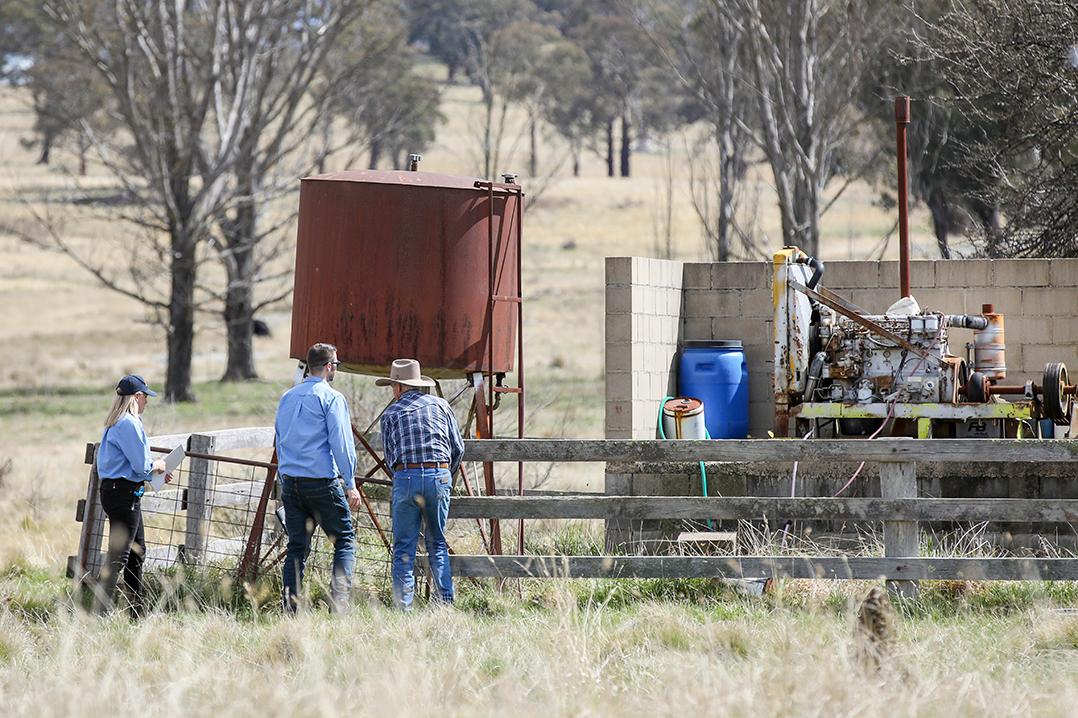No matter how wet the season, water laws still matter
With a potential third consecutive La Niña event looming over one of the wettest periods in a decade, it might seem like the last time to be talking about water scarcity but the spectre of drought is never far away in Australia.
New South Wales across 2021/22 was sodden. Most of the state received above average rainfall, and some parts exceeded their annual average by more than 50 per cent. Rainfall records have tumbled.
It has been 12 months punctuated by severe flooding in many areas - the Hawkesbury Nepean, Greater Sydney - and overshadowed by catastrophic floods of mindboggling ferocity in northern NSW.
The deluge took a tragic toll in lost life, destroyed property and human suffering in some places. Recovery from those disasters will be long, difficult and costly.
In stark contrast, the rain brought better times to other parts of the state. Rivers that ran dry in the 2017-2020 drought are flowing again. Communities which ran out of town water can breathe easier. In some regions previously beset by vast dust storms, there is now abundant feed and water for agriculture.
During May, the NSW Department of Primary Industries declared the state officially drought-free for the first time in a long while.
Internationally significant sites like the Macquarie Marshes and Gwydir Wetlands are teeming with life again as environmental flows return.
But the flooding rains have a way of making us forget about the bigger picture of finite water resources. This is a problem for water managers trying to ensure that all water users get a fair share of the limited supply - communities, businesses and the environment.
For the Natural Resources Access Regulator (NRAR), that means remaining committed to monitoring compliance with the state's water laws, regardless of how wet the season has been.
There might be lots of water around and the outlook is for more rain, but water users must still know and follow the rules that apply to them. The rules are important all the time. Even when water is abundant, it needs to be shared and accurately accounted for.
There is always a danger that when water seems plentiful, people can become complacent. A new pump or a bigger pump might be installed without the required permissions and licences because it feels like there is plenty of water available.
Licence holders might pump more frequently because there is more water about, and that habit might linger even when conditions start to dry, and before they know it, an extraction limit could be breached.
NRAR's routine monitoring program provides an opportunity to change mindsets and behaviours before they become a problem. A chance to remind people of their rights and responsibilities under NSW water law and assist them to comply.
That regular checking keeps the conversation going about the overall reality of water scarcity and helps to ensure there is adequate access to water for all users.
Most people are willing to comply, they just need some encouragement, and some education around the rules.
A proactive approach through routine monitoring also provides the potential to reduce the high cost of future water shortages by efficient and effective management of water in the present.
Routine Monitoring is now a permanent part of NRAR's approach to compliance in NSW.
Attributable to: Manager Routine Monitoring, NRAR, David Thomas
About David Thomas: David is NRAR's manager of routine monitoring. He manages a diverse team spread from Albury to Tamworth who travel across NSW monitoring compliance with licences and approvals. He has been working in natural resources for nearly ten years with time in private sector, Commonwealth and state government. His experience includes mining, compliance, water management, impact assessment and program management.
